The Polish Transition in a Comparative Perspective
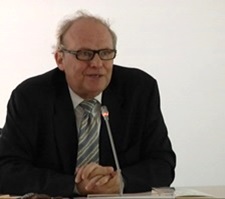 Since the Central and Eastern European countries began their transition reforms toward democracy and free market economy, Poland’s experience has stood out as extraordinarily successful when compared to other countries in the region, especially considering its problems inherited from the previous system. Over the past 20 years, Poland’s GDP has doubled and it showed remarkable resilience in the face of the 2008 financial crisis.
Since the Central and Eastern European countries began their transition reforms toward democracy and free market economy, Poland’s experience has stood out as extraordinarily successful when compared to other countries in the region, especially considering its problems inherited from the previous system. Over the past 20 years, Poland’s GDP has doubled and it showed remarkable resilience in the face of the 2008 financial crisis.
In the presentation delivered during 133rd mBank – CASE Seminar, professor Ander Aslund focused on the political reforms and institutional factors that provided for the success of the Polish transition. He discussed the main features of the Balcerowicz Plan, and some of the major points of criticisms directed against it.
He employed a comprehensively empirical approach in demonstrating the Polish success. This entailed an interpretation of key metrics and a defense of the reforms from politicians and economists of dissimilar opinion. In addition to explaining the early success, prof. Aslund offered his explanation of the years 2001-2008 in Poland and their underperformance in comparison with other CEE countries. Moreover, he explained how the factors which determined earlier ups and downs made Poland more resilient to the 2008 financial crisis than any other CEE country. 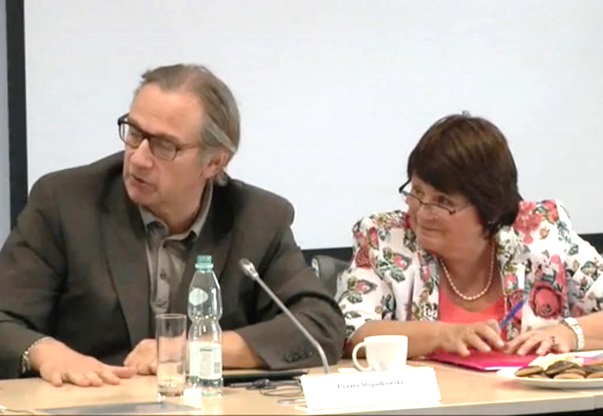
Though many of the factors which allowed Poland to move from a communist economy to a capitalist one were domestic, Aslund recognized the important role that support from western financial institutions played. In addition, in his view it was Leszek Balcerowicz’s decision to keep the national deficit from expanding during the first two painful years that allowed Poland to be relieved so quickly of its debt-burden.
Among the factors which did not expedite Poland’s transition, contended prof. Aslund, was the deficient speed and totality in which privatization campaigns were carried out. In contrast to removed onlookers who claim that Poland was able to resist the negative effects of “shock therapy” by slowly releasing its state-owned industries and utilities into private ownership, Aslund said that this ostensible sure-footedness was in fact a political accident and that political impotence rather than economic prudence was the primary cause of slowed privatization. In general, his opinion on the desire speed of transition process was that “Poland’s excellent economic results show that there never was any benefit in going slow on any reforms”.
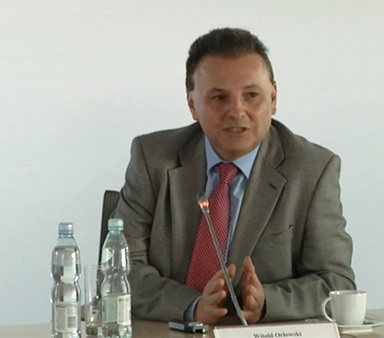 Professor Witold Orłowski was the first one to comment on prof. Aslund’s presentation and seemed to be largely in agreement with him. He did, however, mention some points that – in his opinion – prof. Aslund failed to mention. Specifically, he saw a danger for Poland in the future of falling into a “middle-income country trap” due to a low rate of savings and social capital. This is an important caveat to the optimism of the Polish experience, as fundamentals must be drawn into line in order that the success story continues consistently into the future.
Professor Witold Orłowski was the first one to comment on prof. Aslund’s presentation and seemed to be largely in agreement with him. He did, however, mention some points that – in his opinion – prof. Aslund failed to mention. Specifically, he saw a danger for Poland in the future of falling into a “middle-income country trap” due to a low rate of savings and social capital. This is an important caveat to the optimism of the Polish experience, as fundamentals must be drawn into line in order that the success story continues consistently into the future.
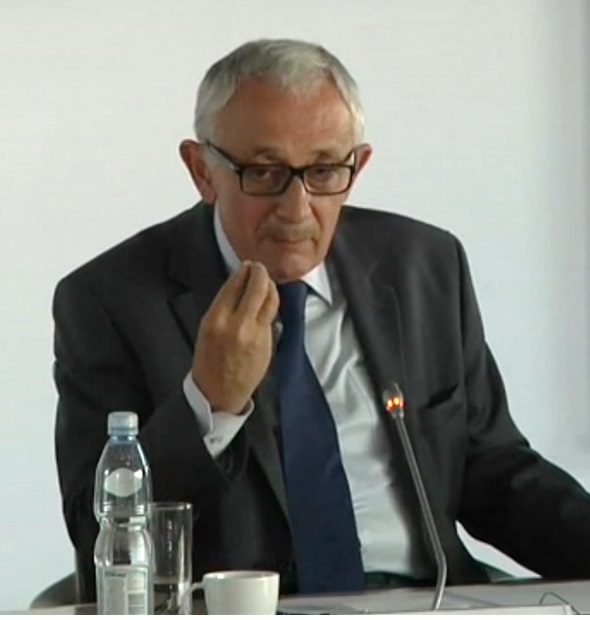 Professor Osiatynski, who was the second commentator, emphasized on his part that reforms conducted by Tadeusz Mazowiecki’s government had a chance to become successful due to the widespread enthusiasm that ensued among the population after gaining independence, as well as the implementation of local government reform giving more power to the local communities. In prof. Osiatyński’s view, those two factors helped Poles believe that they could face challenges that the transformation incurred. They also enabled Polish economy to grow in a sustainable way by means of ensuring social cohesion, a precondition for development.
Professor Osiatynski, who was the second commentator, emphasized on his part that reforms conducted by Tadeusz Mazowiecki’s government had a chance to become successful due to the widespread enthusiasm that ensued among the population after gaining independence, as well as the implementation of local government reform giving more power to the local communities. In prof. Osiatyński’s view, those two factors helped Poles believe that they could face challenges that the transformation incurred. They also enabled Polish economy to grow in a sustainable way by means of ensuring social cohesion, a precondition for development.
Another point that prof. Osiatyński made was that we should not overestimate the role of the so-called Washington Consensus in the process of systemic changes. In his opinion, in their original form they were not fully suitable to the needs of the post-soviet economies, as they applied mainly to the Latin American countries. While explaining Poland’s outstanding performance during the crisis, prof. Osiatyński underlined the fact that our economy was supported by funds from European Union and infrastructure spending realized due to European football championships Euro 2012. In other words, in his opinion it was mainly stimulated by the fiscal expenses.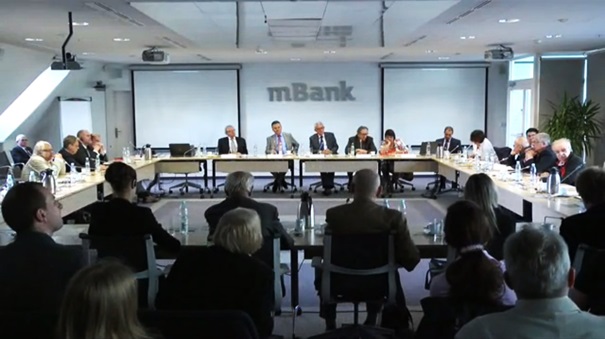
During the lively debate that ensued after the presentations our guests discussed various aspects of Polish transformation and its causes – we encourage you to watch the entire Seminar online on bankier.tv (click here).
Do not miss our future events - sign up for our newsletter or follow us on facebook!
[video:slideshare.net/?id=40059521&doc=presentationa-141009051145-conversion-gate02 width:600 height:450 align:center]
[video:slideshare.net/?id=40060215&doc=presentationw-141009052945-conversion-gate01 width:600 height:450 align:center]

